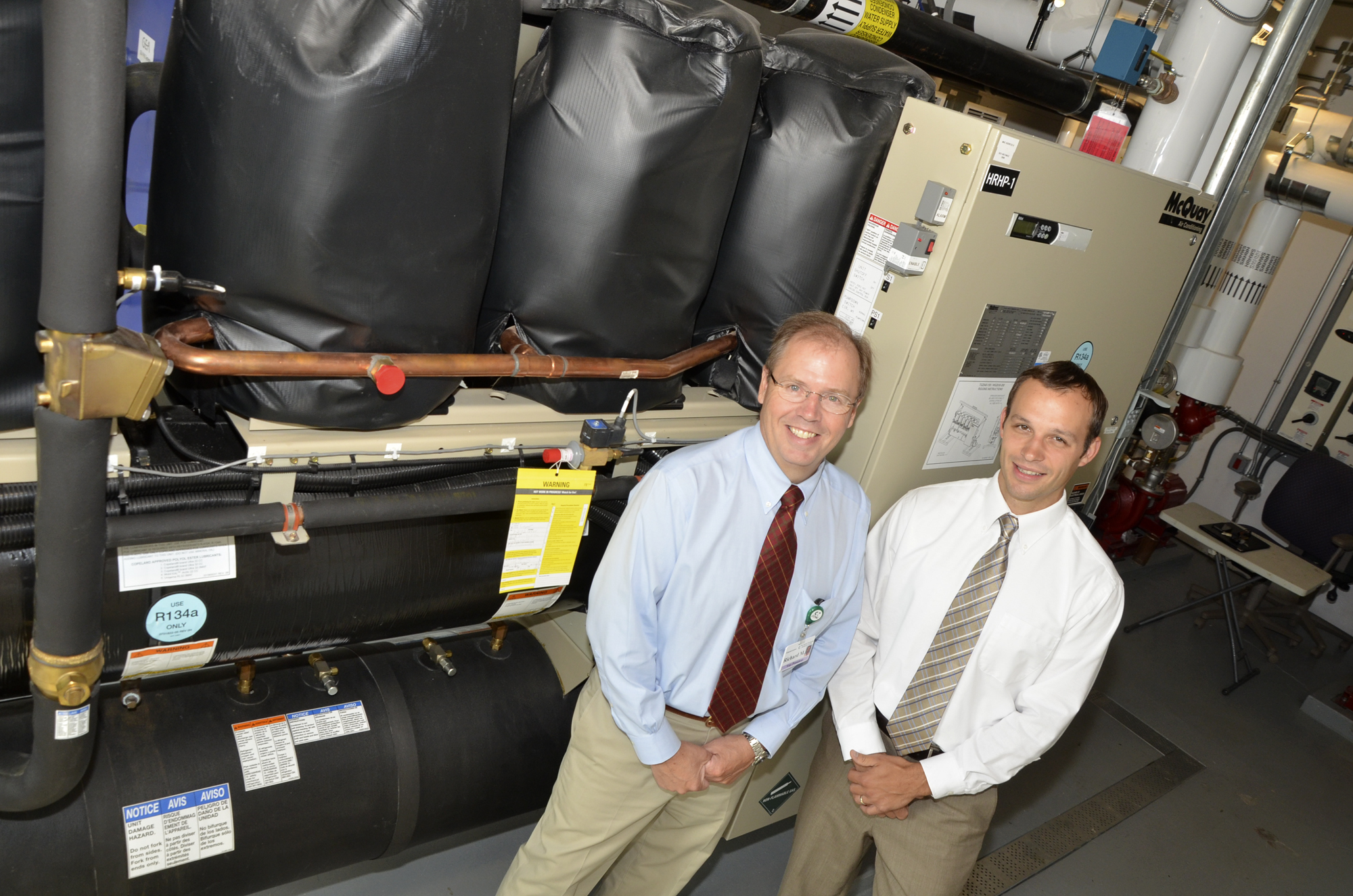By Anonymous (not verified) | Fri, July 31, 15
If I asked you what a small private high school in New Hampshire had in common with the Rhode Island Department of Transportation, you’d probably rack your brain for some complicated relationship between the two disparate establishments.
Well, I’m here to tell you that the relationship isn’t as uncanny as you may think. In fact, don’t think all that hard; the light above your head should switch on by itself.
What Holderness School, RIDOT, and the other 2015 Northeast Business Leaders for Energy Efficiency share is their progressive commitment to the most cost-effective energy resource in existence, energy efficiency.
Energy efficiency is good business and if you’re running a good business, you can’t do without energy efficiency
Increased business investments in energy efficiency, and collaboration between businesses and their ratepayer-funded efficiency programs, is a win-win situation. It's good for the environment, good for the resiliency of our grid, and good for the economy. Most importantly, it’s good for the business bottom line.
Energy efficiency creates value beyond saving energy. These additional values, though sometimes hard to quantify, are just as important to the business community. Better working conditions, increased staff satisfaction and productivity, reduced health care costs, and more competitive salaries are just of the few non-energy benefits to companies who employ energy efficiency.
Efficiency is top of mind among business administrators – from energy managers to financial officers to public relations specialists – across the country. In fact, a new study by the Deloitte Center for Energy Solutions shows that “thoughtful, deliberate energy consumption has permeated the business psyche, and companies, by and large, now consider energy management to be an essential aspect of corporate strategy.”
A look at a few numbers from the Deloitte study shows how important the energy discussion is to today’s businesses:
- 77% of respondents consider reducing electricity costs as essential to staying competitive, from a financial perspective
- 79% of respondents consider reducing electricity costs as essential to staying competitive, from an image perspective
- 93% of respondents have invested funds in energy management programs over the last three years
- Respondents are aiming to reduce electricity consumption, on average, by 25% over 4.5 years
If you need more persuading, though, take a look this year’s crop of Business Leaders. These great case studies illustrate what's possible when companies embrace efficiency as a valuable energy resource and business development strategy. These organizations show that some planning – and collaboration with ratepayer funded efficiency programs – can and do result in huge savings of both energy and dollars. Here are a few illustrations:
 Central Vermont Medical Center showed that efficiency can be good medicine for the health care profession when it became the first hospital in Vermont to create an energy plan with support from all hospital stakeholders. Created with the help of Efficiency Vermont, the plan resulted in a 26% reduction in energy consumption and an annual savings of more than $440,000. That, in turn, allowed more dollars to be invested in patient care.
Central Vermont Medical Center showed that efficiency can be good medicine for the health care profession when it became the first hospital in Vermont to create an energy plan with support from all hospital stakeholders. Created with the help of Efficiency Vermont, the plan resulted in a 26% reduction in energy consumption and an annual savings of more than $440,000. That, in turn, allowed more dollars to be invested in patient care.- The Holderness School, a private high school in New Hampshire, approaches sustainability as part of its core business model AND teaching curriculum. Utilizing ductless heat pumps, energy recovery ventilators, and a biomass central heating system, Holderness has worked with New Hampshire Electric Co-op to identify high-priority projects. Through its effort to save resources and dollars, the school is also inspiring students to think about how to make their world a better place.
- Aptar-Stratford, a CT-based manufacturer focused on packaging health and beauty products, realized that efficiency was necessary in order to remain competitive in a market where the cost of energy is higher than average. Through partnership with United Illuminating, Aptar created a plan to integrate sustainability into all of its business practices, utilizing LED lighting, occupancy sensors, high-efficiency roof top HVAC units, and an energy management system. After all measures, Aptar is saving over 900,000 kWh each year, enough to provide a year’s worth of electricity to 85 homes.
- The National Housing Trust worked with DCSEU, a leader in multifamily efficiency, to employ large-scale efficiency measures to rebuild the Monsenor Romero Apartments in Washington DC after a devastating fire. NHT/Enterprise is part of the US DOE Better Buildings Challenge, committing to a 20% reduction in energy and water consumption by 2020. Not only did the measures reduce operating costs, but it also boosted local economies and provided families with hope, independence, and community pride.
These success stories are proof that when businesses, program administrators, and governments work together on solutions to address climate change issues, our region becomes stronger. Whether a 24-hour operational hospital or a small private high school, these 14 businesses show that energy efficiency is a good fit for everyone. From heat recovery heat pumps to variable speed drives to lighting retrofits to comprehensive energy audits and master plans, there truly is an efficiency measure for everyone.
Congratulations to the 2015 Business Leaders for Energy Efficiency!
Learn more about their extraordinary achievements as we highlight each one of them in the coming weeks.
